TNF blockers are big science and big business. Three TNF inhibitors are among the top seven best-selling drugs in the world.
“If you thought that experimental medicine doesn’t lead to money-making products, think again,” said Sir Ravinder N. Maini, MB, BChir, Emeritus Professor at Imperial College, London, and Visiting Professor at Oxford University. “Anti-TNF blockade had a $30 billion global turnover in 2015, although the basic scientists involved are more likely to be found looking at the revenue bus as it speeds off.”
Dr. Maini is one of those basic medical researchers. In 1985, he joined forces with another unknown researcher, Sir Marc Feldmann, MBBS, PhD, now emeritus Professor at the Kennedy Institute of Rheumatology at Oxford.
Dr. Maini described the course of their research partnership during Rheumatology Research Foundation Paul Klemperer, MD Memorial Lecture: TNF Inhibitors: Conquering RA by Molecular Targeting on Monday. The pair turned TNF blockade into a highly effective treatment for rheumatoid arthritis (RA).
“The concept of the moment was that inflammatory disease was cellularly mediated, triggered by lymphocytes in an inflamed state,” Dr. Maini said. “We thought that there was some sort of soluble factor involved. But all we knew was that it was a protein and of relatively small molecular weight.”
TNF, interferons, and other cytokines were recognized as playing some sort of role in inflammatory diseases.
“RA was an obvious target,” Dr. Maini said. “As a clinician, I had access to thousands of RA patients, many in wheelchairs. It was clear that we needed something better than the treatments of the day.”
A flood of molecular biology discoveries helped set the research agenda. RA was clearly the consequence of environment, genetics, and epigenetics that drove a loss of homeostasis and activation of inflammation. T cells and B cells malfunctioned, stromal cells altered, tissue repair faltered, and patients began to show the signs and symptoms of RA.
IL-1, TNF, IL-6, GM-CSF, and IL-8 had already been identified in RA joints. The question was what drove the inflammatory process.
Researchers tried every cytokine-neutralizing agent they could find or create. Anti-TNF was finally identified as the key molecule that stopped production of IL-1 in RA synovial cell cultures. IL-1, in turn drove the production of IL-6, IL-8, and GM-CSF, promoting inflammation and structural damage. TNF also promoted those same pro-inflammatory cytokines.
In 1992, Drs. Maini and Feldman came up with a new hypothesis: TNFα drives the inflammatory response in RA. Blocking TNF could be an effective therapy.
Several biotech companies had already developed anti-TNF monoclonal antibodies and receptor-IgG fusion proteins to treat septic shock and cancer. Toxicity was a problem in early trials, which fed widespread skepticism for the radical idea that blocking TNF could have a lasting effect in RA.
But once the team finally convinced a company to let them work with a chimeric monoclonal antibody to TNFα, success came quickly. The antibody, cA2, became infliximab.
The first human trials in 1992 had 20 RA patients. All were treated with 20 mg/kg, which was well tolerated and dramatically reduced the signs and symptoms of RA as well as inflammatory markers. Results of the open label study were published in 1993 and replicated in multicenter randomized clinical trials in 1994.
“There was immense skepticism that blocking TNFα alone could sustain any kind of long-term response,” Dr. Maini said. “There were concerns about immunogenicity and the potential for infections. And there were concerns about a drug that cost thousands of dollars per dose in a time when most patients were treated, if not very effectively, for $100 to $500 a year.”
The FDA approved etanercept to treat RA in 1998.
“There has been a transformation in RA treatment worldwide,” Dr. Maini said. “You have made a huge difference to your patients, but you have not cured them. What we need now is an agent with a short exposure and long-term effect. We need a cure for RA.”
